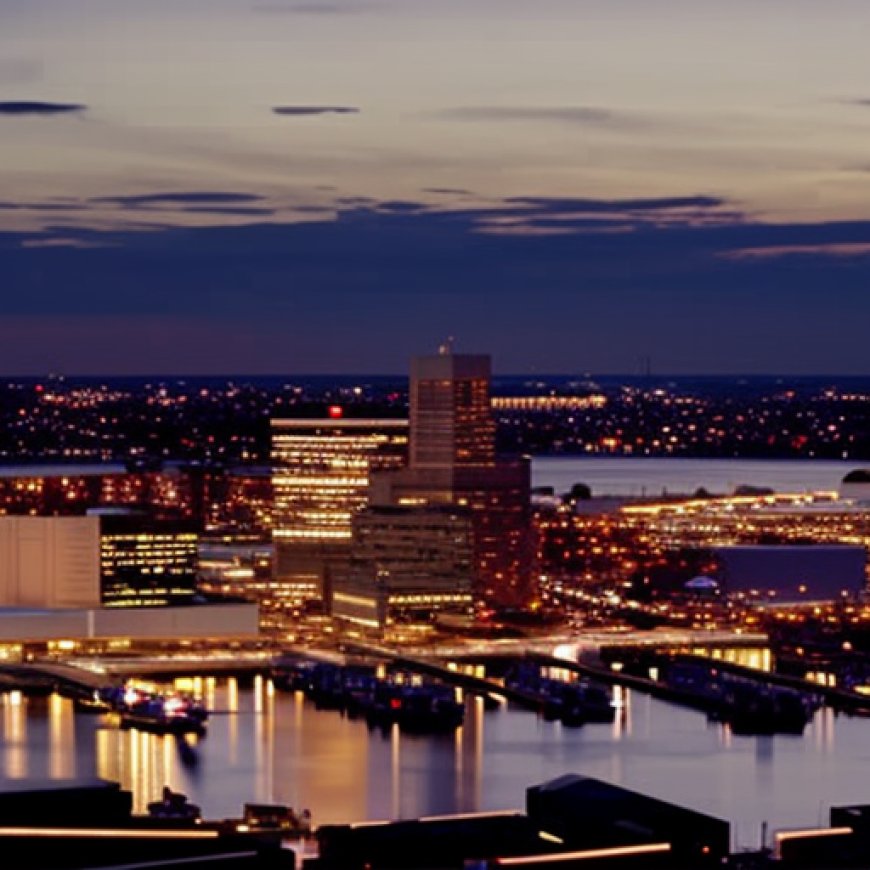EPA complaint filed against Baltimore DPW over 10-year solid waste plan
Baltimore's solid waste plan garners EPA complaint WBAL TV Baltimore


EPA Complaint Filed Against Baltimore DPW Over Solid Waste Management Plan
A recent complaint to the Environmental Protection Agency (EPA) has put the spotlight on the Baltimore Department of Public Works (DPW) and its handling of air pollution from the BRESCO plant. The complaint, filed by the South Baltimore Community Land Trust, alleges that the pollution disproportionately affects the health of residents in nearby neighborhoods, which are predominantly Black and Hispanic.
Impact on Community Health
Local resident Angela Smothers, who grew up five minutes from the BRESCO facility, believes the pollution has had a direct impact on her health. The complaint submitted to the EPA includes data showing how pollution spreads throughout the community and highlights other sources of pollution in the area.
Allegations Against Baltimore DPW
The complaint specifically targets the city’s ten-year solid waste management plan, accusing the Baltimore DPW of failing to plan for a transition away from reliance on burning trash at BRESCO. The group behind the complaint is advocating for more composting and recycling facilities in the city, aiming to reduce the pollution burden on South Baltimore communities.
- Unequal health risks due to pollution from BRESCO plant.
- Complaint filed with EPA against Baltimore DPW.
- Call for more composting and recycling in Baltimore.
Response from Baltimore DPW and BRESCO Operator
The Baltimore DPW has responded by emphasizing public input in developing their solid waste management plan, which includes initiatives to reduce reliance on incineration. WIN Waste Innovations, which operates BRESCO, claims their facility has minimal impact on air quality and contributes to reducing greenhouse gases.
- Baltimore DPW highlights public input in waste management plan.
- WIN Waste Innovations asserts low emissions from BRESCO facility.
Next Steps
The EPA will now decide whether to accept or reject the investigation request. The outcome could have significant implications for environmental justice and the city’s approach to waste management in line with Sustainable Development Goals (SDGs), particularly Goal 11 (Sustainable Cities and Communities) and Goal 12 (Responsible Consumption and Production).
The complaint underscores the need for sustainable waste management practices that protect community health and align with global efforts to achieve SDGs for a better and more sustainable future for all.
Analysis of Article for Sustainable Development Goals (SDGs)
1. Which SDGs are addressed or connected to the issues highlighted in the article?
The issues highlighted in the article are connected to the following SDGs:
- SDG 3: Good Health and Well-being
- SDG 11: Sustainable Cities and Communities
- SDG 12: Responsible Consumption and Production
- SDG 13: Climate Action
2. What specific targets under those SDGs can be identified based on the article’s content?
Specific targets under the SDGs based on the article’s content include:
- Target 3.9: By 2030, substantially reduce the number of deaths and illnesses from hazardous chemicals and air, water, and soil pollution and contamination.
- Target 11.6: By 2030, reduce the adverse per capita environmental impact of cities, including by paying special attention to air quality and municipal and other waste management.
- Target 12.4: By 2020, achieve the environmentally sound management of chemicals and all wastes throughout their life cycle, in accordance with agreed international frameworks, and significantly reduce their release to air, water, and soil in order to minimize their adverse impacts on human health and the environment.
- Target 13.2: Integrate climate change measures into national policies, strategies, and planning.
3. Are there any indicators mentioned or implied in the article that can be used to measure progress towards the identified targets?
The article implies the following indicators that can be used to measure progress:
- Indicator for Target 3.9: The prevalence of health issues related to pollution in the affected communities.
- Indicator for Target 11.6: The level of air pollution from waste management facilities like BRESCO.
- Indicator for Target 12.4: The amount of hazardous waste generated and its proper management.
- Indicator for Target 13.2: The inclusion of waste management strategies in city planning to mitigate climate change.
4. Create a table with three columns titled ‘SDGs, Targets, and Indicators” to present the findings from analyzing the article.
| SDGs | Targets | Indicators |
|---|---|---|
| SDG 3: Good Health and Well-being | Target 3.9 | The prevalence of health issues related to pollution in the affected communities. |
| SDG 11: Sustainable Cities and Communities | Target 11.6 | The level of air pollution from waste management facilities like BRESCO. |
| SDG 12: Responsible Consumption and Production | Target 12.4 | The amount of hazardous waste generated and its proper management. |
| SDG 13: Climate Action | Target 13.2 | The inclusion of waste management strategies in city planning to mitigate climate change. |
Copyright: Dive into this article, curated with care by SDG Investors Inc. Our advanced AI technology searches through vast amounts of data to spotlight how we are all moving forward with the Sustainable Development Goals. While we own the rights to this content, we invite you to share it to help spread knowledge and spark action on the SDGs.
Fuente: wbaltv.com

Join us, as fellow seekers of change, on a transformative journey at https://sdgtalks.ai/welcome, where you can become a member and actively contribute to shaping a brighter future.







